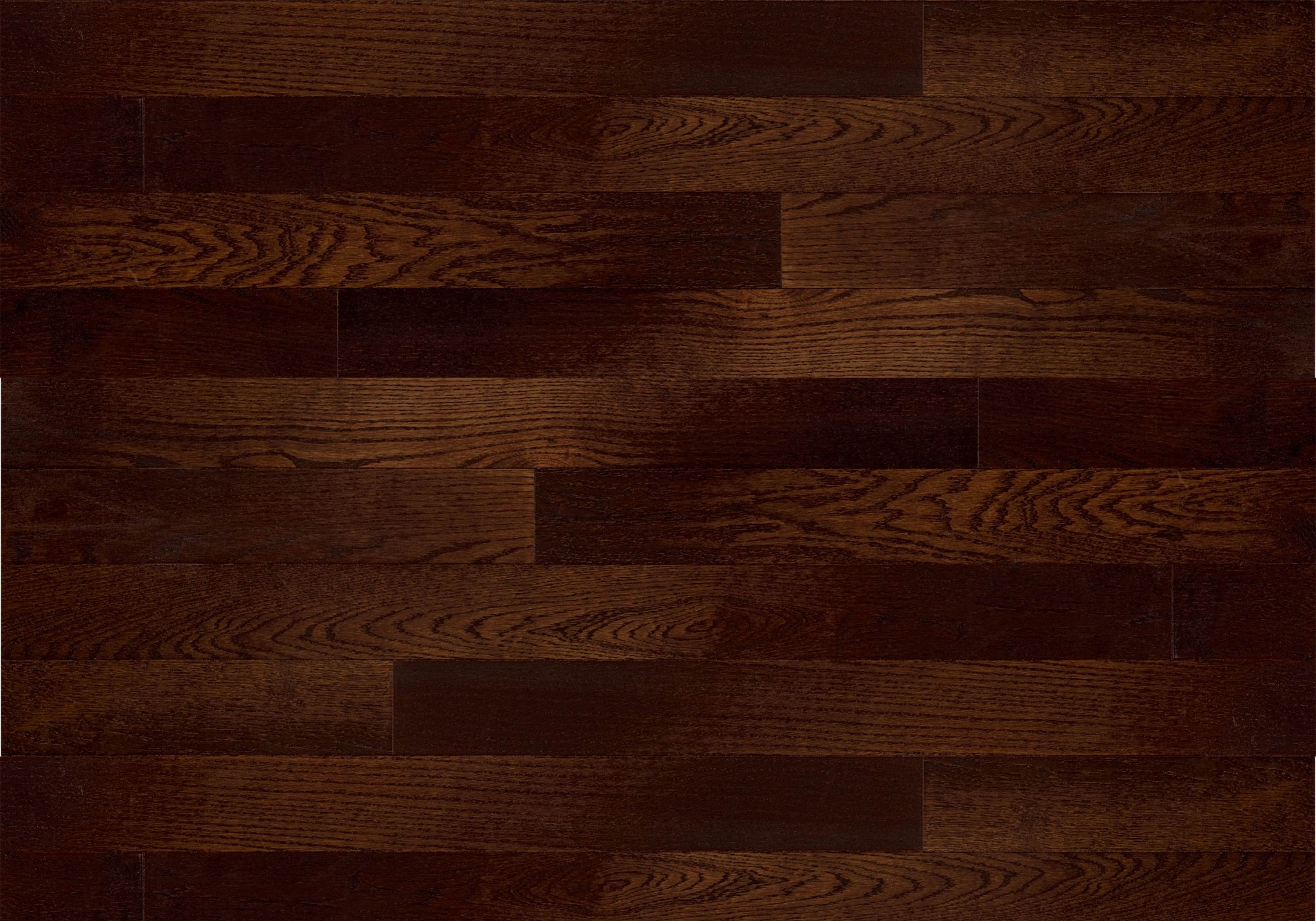

The two main culprits for this mysterious color transformation are exposure to air (oxidation) and light. Rather than darkening over time, walnut begins as a beautiful, rich dark brown color and over time will gradually lighten, taking on notes of honey throughout. Of the primary woods Chilton offers, walnut is the most different in its aging process. Other light brown woods, like ash and white oak will slightly darken to a beige or amber color.Ĭomparison of newly built maple media stand with light pink color and naturally aged maple dresser with golden honey color. Over time, it will age to a warm golden honey color. Maple starts off very light and bright, with a few pink and grey tones.

Like cherry, maple will darken over time, though far less dramatically. It will take about six to 12 months to reach that rich dark hue that so many people have come to expect with cherry, depending on light exposure, and this reddish tone will only continue to deepen as time goes on.Ĭomparison of newly built cherry table with light straw color and naturally aged cherry table with deep red color. Within a few weeks, change is noticeable, as hints of red begin to develop, though the wood is still light. At Chilton, we personally love the look at this early stage of the wood, but the surface is so light, that it is often confused with maple. However, freshly cut cherry boards have a light color much closer to straw. We all know and love cherry as a rich reddish brown color. In general, while lighter woods tend to become a bit darker and richer, woods that begin dark will lighten up. Hardwood Color Changes Over TimeĪll hardwoods will undergo the natural aging process and change color overtime with exposure to UV light and oxygen. One of the coolest phenomena is the continuing aging process of wood as the colors change appearance over time and a wonderful patina develops. Once a living, breathing tree, natural wood furniture will continue to evolve even after the last edge is sanded and corner finished.
#DARK WOODS LUMBER SKIN#
Just as our skin is affected by sunny beach trips and drinking the recommended eight glasses of water per day, wood, too, responds to its environment.


 0 kommentar(er)
0 kommentar(er)
